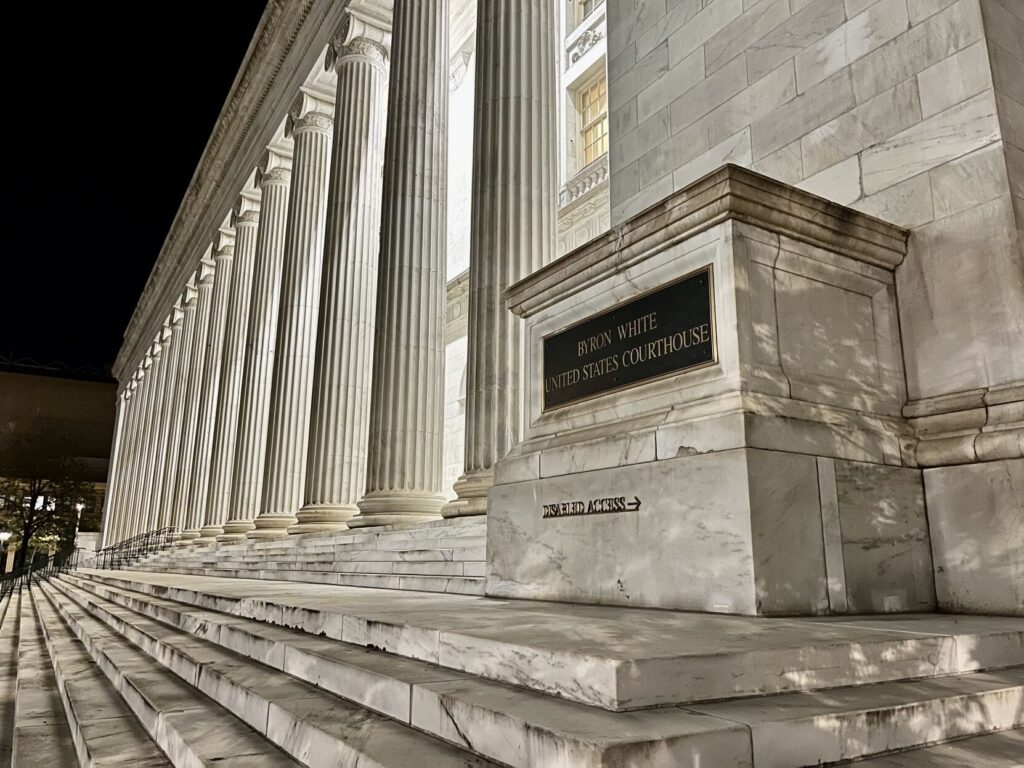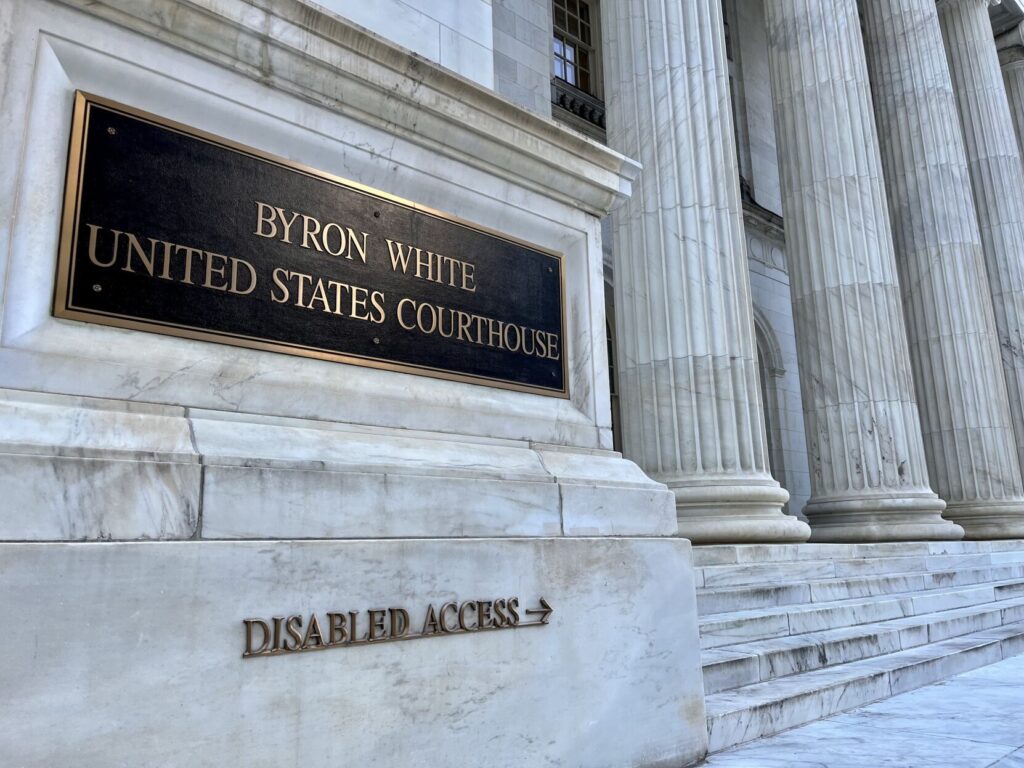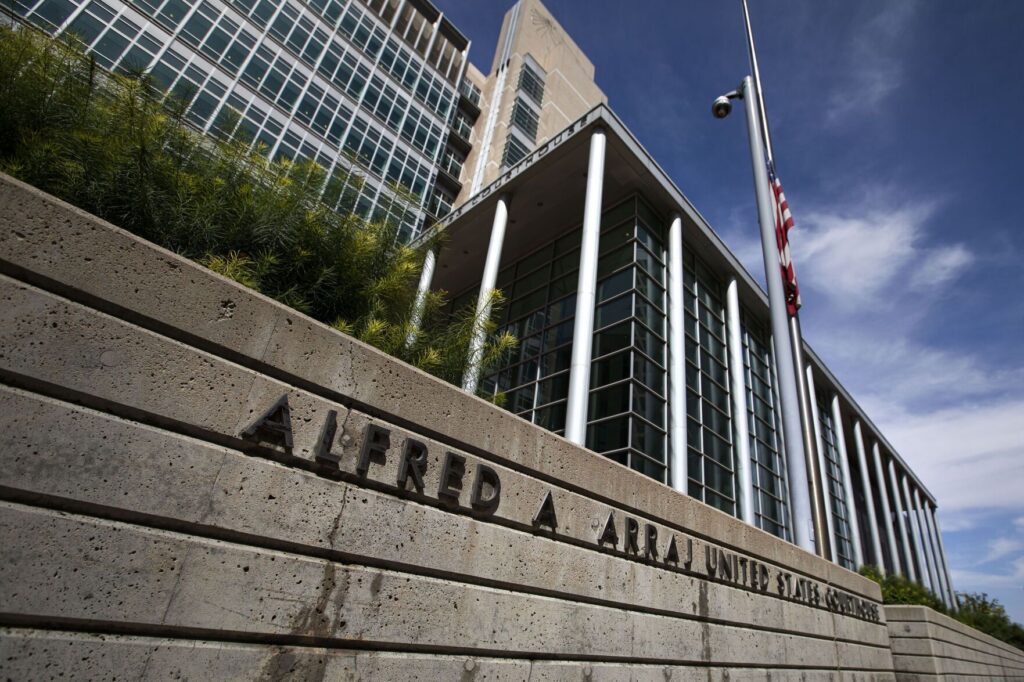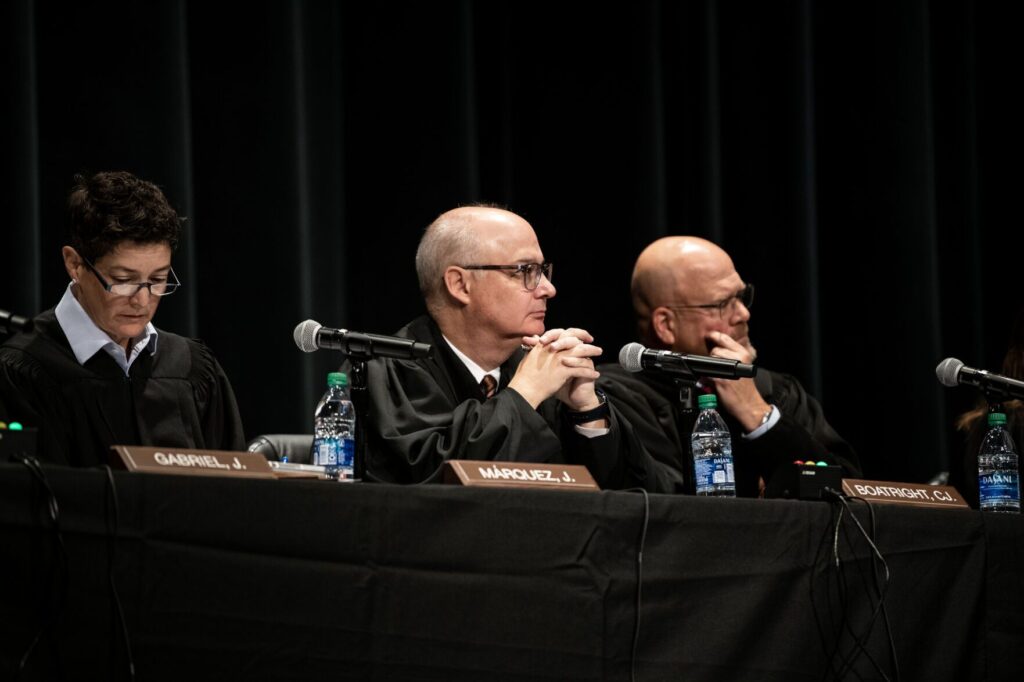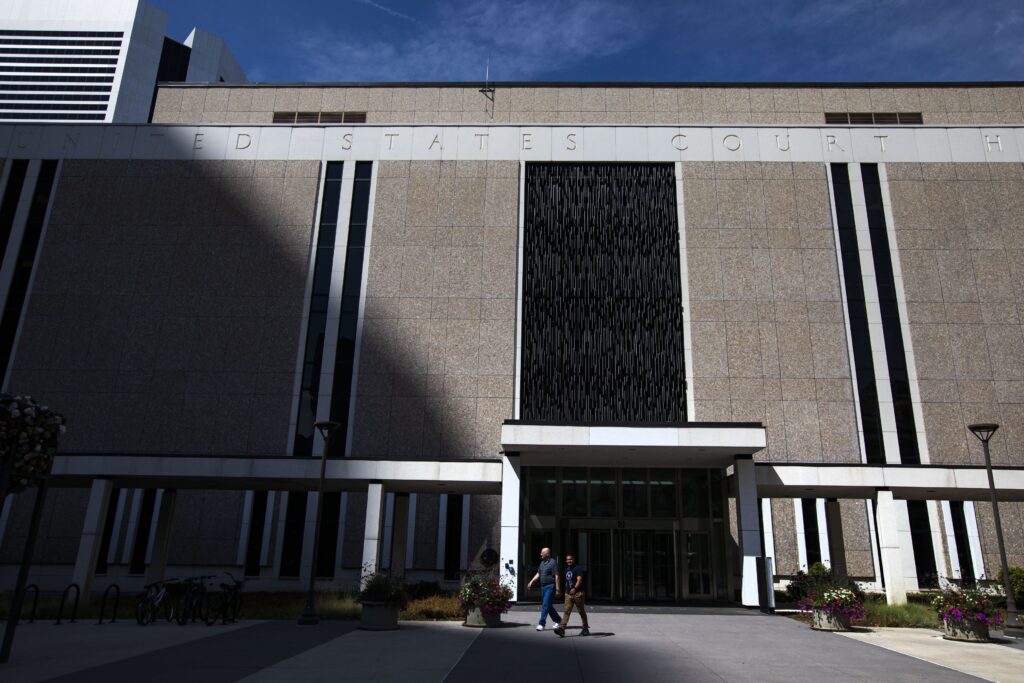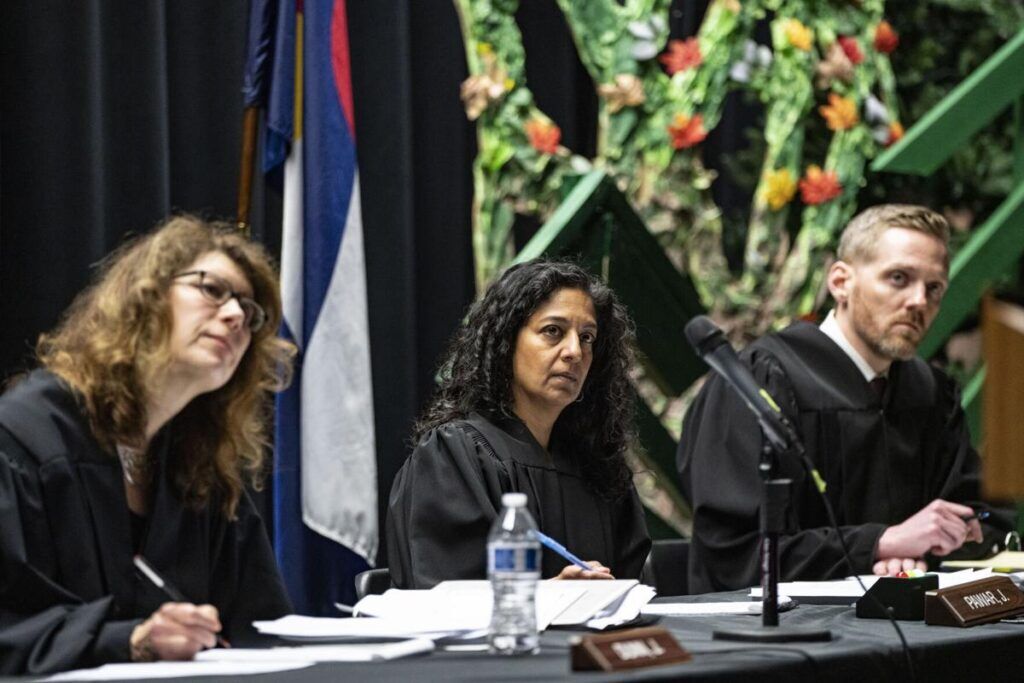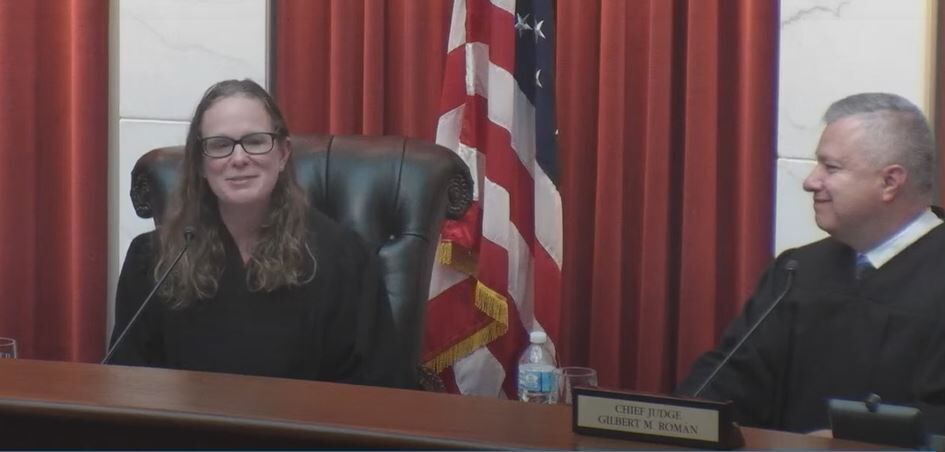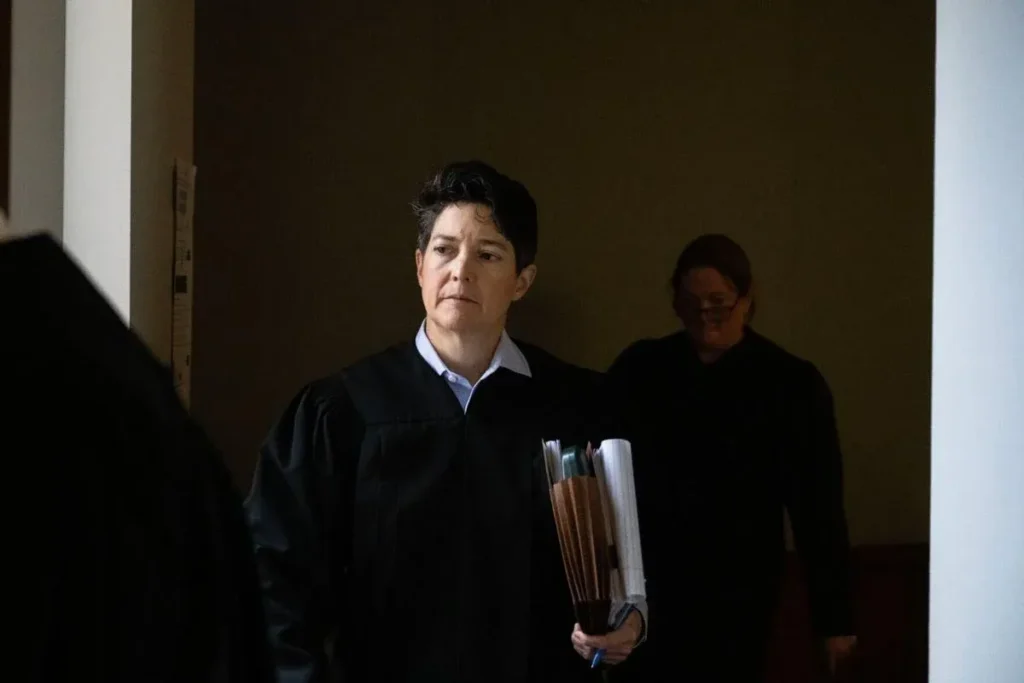Colorado Supreme Court soon to reach milestone: 2.5 years without a new member
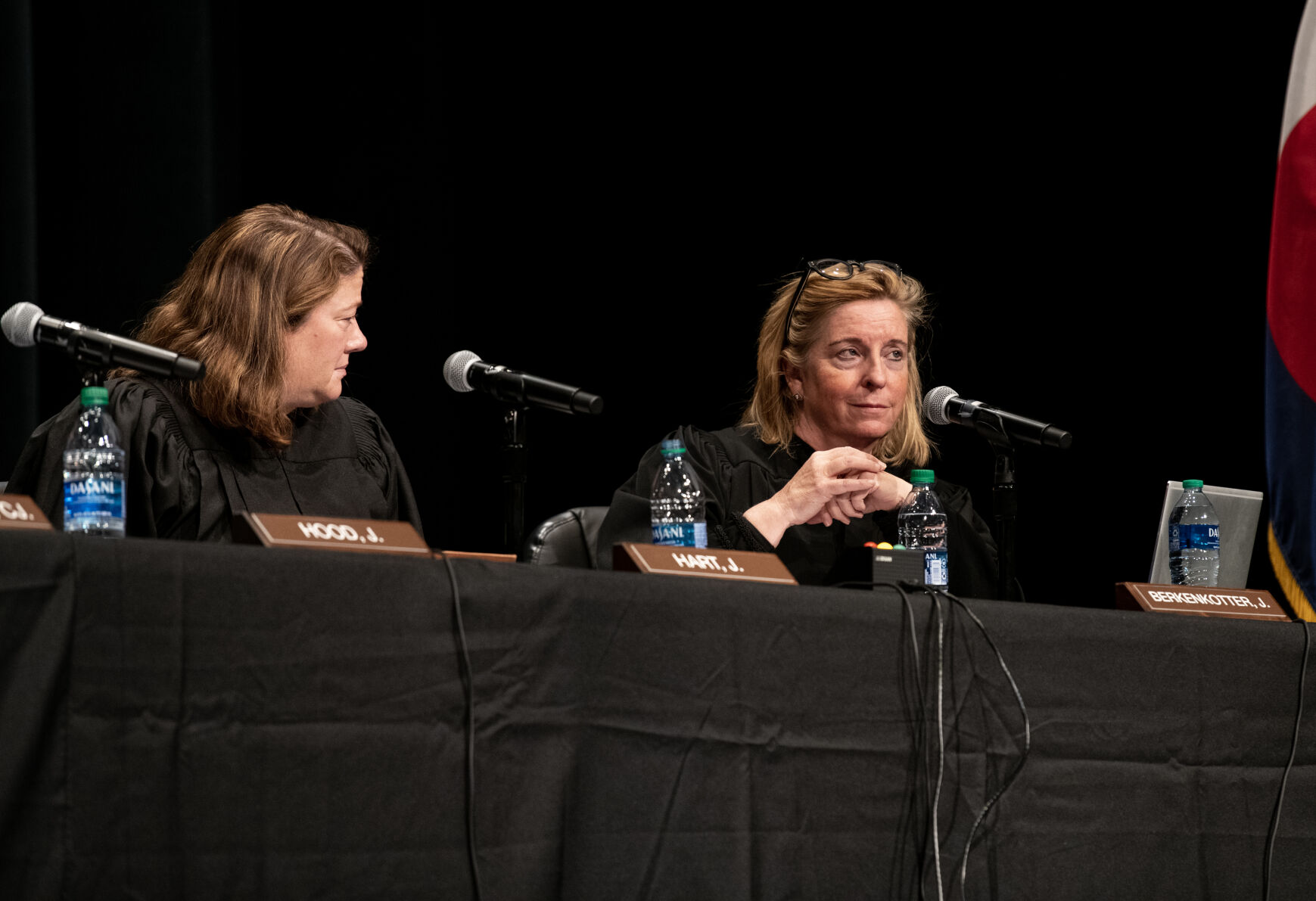
In early July, the Colorado Supreme Court will reach an unusual milestone: going 2.5 years without a new justice.
While 30 months may not seem like a long stretch, it is, in fact, the largest interval any of the court’s current members have experienced without a seat turning over, beginning with Justice Monica M. Márquez’s appointment in 2010 and ending with the addition of Justice Maria E. Berkenkotter in 2021.
“For court watchers like me, it’s certainly easier when you don’t have to learn the legal views of a new judge,” said Christopher M. Jackson, an appellate attorney with Holland & Hart. “There will be a little more predictability in terms of where the court is going, but it also means there won’t be any ‘fresh blood’ to shake things up for quite a while.”
The state’s highest court is populated with seven people who are nowhere near the mandatory retirement age of 72. Barring a resignation, a return to private practice or an elevation to the federal bench, the seven justices who are in their 50s or early 60s will comprise the Supreme Court for the next decade.
The demographics of the current court have already played a role in a new system for selecting the chief justice. Previously, the chief justice would remain in that role until retirement. That method allowed the late Chief Justice Mary Mullarkey to serve for 12 years – the longest in history – until stepping down in 2010.
Following the retirement announcement of Chief Justice Nathan B. Coats in 2020, the court instituted a rotational system for filling the top spot.
“After Chief Justice Coats left, we looked around the room and realized we were all basically the same age,” Márquez said on the “Our Voices” podcast in 2021. “We decided we didn’t want to be in a position where the next chief would be the chief for 15 or 20 years, maybe.”
Currently, there are five appointees of former Gov. John Hickenlooper, one appointee of former Gov. Bill Ritter and one appointee of Gov. Jared Polis, all Democrats. Governors receive a list of three finalists from a citizen-led commission that screens candidates and makes recommendations. Barring any unforeseen change, Polis will not make any further appointments in his second term, nor will Polis’ successor in his or her first term.
“In terms of the impact this stability has, I’m just not sure,” said Jackson.
Márquez, who has witnessed the entire court turn over during her tenure, and Justice William W. Hood III, who joined in 2014, sent a joint response to Colorado Politics about how stability can positively and negatively affect a court.
“As with most jobs, experience helps. Over time, we hopefully become more adept and efficient at doing the work and addressing unusual situations,” they wrote. “Stability on the court also allows us to complete multi-year projects and initiatives that require sustained focus and effort.”
On the other hand, the “danger is that we become too rigid.”
Márquez and Hood estimated it takes a new justice roughly one year to acclimate, and they described the long-term initiatives the current court is undertaking, including a statewide listening tour last year for judicial employees and a “workplace culture initiative.”
As for the Supreme Court’s decision-making, James Hardy, a longtime public defender who handles appeals and who is the executive board co-chair for the Defenders Union of Colorado, contended the current membership is “legally conservative” on criminal justice issues.
“That conservatism is regrettable because it reinforces a status quo that reflects 400 years of racism, sexism, classism, and an overarching theme of the rich and powerful using the legal system to attain their ends at the expense of most of the population – especially workers and marginalized communities,” said Hardy, who spoke for himself and not on behalf of the public defender’s office.
“Given its stability and relative youth, this court has a real opportunity to put a lasting stamp on Colorado jurisprudence,” he added. “DUC hopes it chooses to turn the rudder away from the traditional jurisprudence of oppression and protecting only traditionally entrenched rights and towards a jurisprudence of equity and progressivism.”
Denver District Attorney Beth McCann countered that she does not see members of the current Supreme Court as having an “ideological bent” – unlike their federal counterparts. She views stability in membership as a positive development.
“It’s harder when you have frequent turnover just because you don’t get that experience level,” McCann said. “I think it takes a little time for justices to work well together. I get the sense that this court works well together.”



